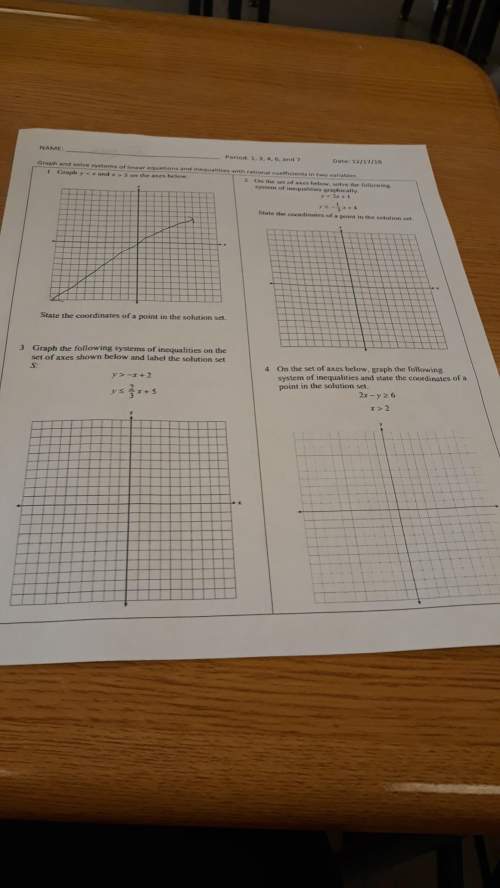
Mathematics, 05.07.2021 19:20 leo3131t
A distributor of computer parts purchases a specific component from a supplier in lots of 1000 units. The cost of purchasing a lot is $30,000. The supplier is known to supply imperfect lots. In other words, a lot received by the distributor may contain defective units. Historical data suggest that the proportion of defective units in a lot supplied by this supplier follows the following probability distribution:
Proportion of defective units in a lot Probability
0.05 0.50
0.10 0.25
0.25 0.15
0.50 0.10
The distributor inspects the entire lot for defective units before selling the units to PC repair shops at a price of $45 per unit. The inspection process is error-proof so all defective units in a lot are detected and replaced by the distributor. It costs $20 for the distributor to replace a defective unit. The distributor has recently learned that the supplier offers a guarantee policy through which the supplier will assume the cost of replacing defective units in excess of the first 100 faulty units found in a given lot at no cost. [This means that the first 100 defective units found in a lot are replaced by the distributor for $20 per unit; however, all additional defective unit (if any) found in a lot are replaced by the supplier at no cost to the distributor.] This guarantee policy may be purchased by the distributor prior to the receipt of a given lot at a cost of $1000 per lot. The distributor wants to determine whether it is worthwhile to purchase the supplier’s guarantee policy.
Input Data
Number of units in a lot 1000
Cost of purchasing a lot $30,000
Cost of repairing a defective unit in a lot $20
Cost of purchasing supplier's guarantee policy (per lot) $1,000
Selling price for a unit of the component $45
Task: Create a complete decision tree by using PrecisionTree®.

Answers: 2
Another question on Mathematics


Mathematics, 21.06.2019 17:30
Suppose that an airline uses a seat width of 16.516.5 in. assume men have hip breadths that are normally distributed with a mean of 14.414.4 in. and a standard deviation of 0.90.9 in. complete parts (a) through (c) below. (a) find the probability that if an individual man is randomly selected, his hip breadth will be greater than 16.516.5 in. the probability is nothing. (round to four decimal places as needed.)
Answers: 3

Mathematics, 21.06.2019 18:30
Players on the school soccer team are selling candles to raise money for an upcoming trip. each player has 24 candles to sell. if a player sells 4 candles a profit of$30 is made. if he sells 12 candles a profit of $70 is made. determine an equation to model his situation?
Answers: 3

Mathematics, 21.06.2019 19:40
Given the sequence 7, 14, 28, 56, which expression shown would give the tenth term? a. 7^10 b. 7·2^10 c. 7·2^9
Answers: 1
You know the right answer?
A distributor of computer parts purchases a specific component from a supplier in lots of 1000 units...
Questions


History, 11.07.2019 12:30

Social Studies, 11.07.2019 12:30

Chemistry, 11.07.2019 12:30


Mathematics, 11.07.2019 12:30

Biology, 11.07.2019 12:30


Social Studies, 11.07.2019 12:30


History, 11.07.2019 12:30

Biology, 11.07.2019 12:30

Advanced Placement (AP), 11.07.2019 12:30


Biology, 11.07.2019 12:30

History, 11.07.2019 12:30



Mathematics, 11.07.2019 12:30

Mathematics, 11.07.2019 12:30




